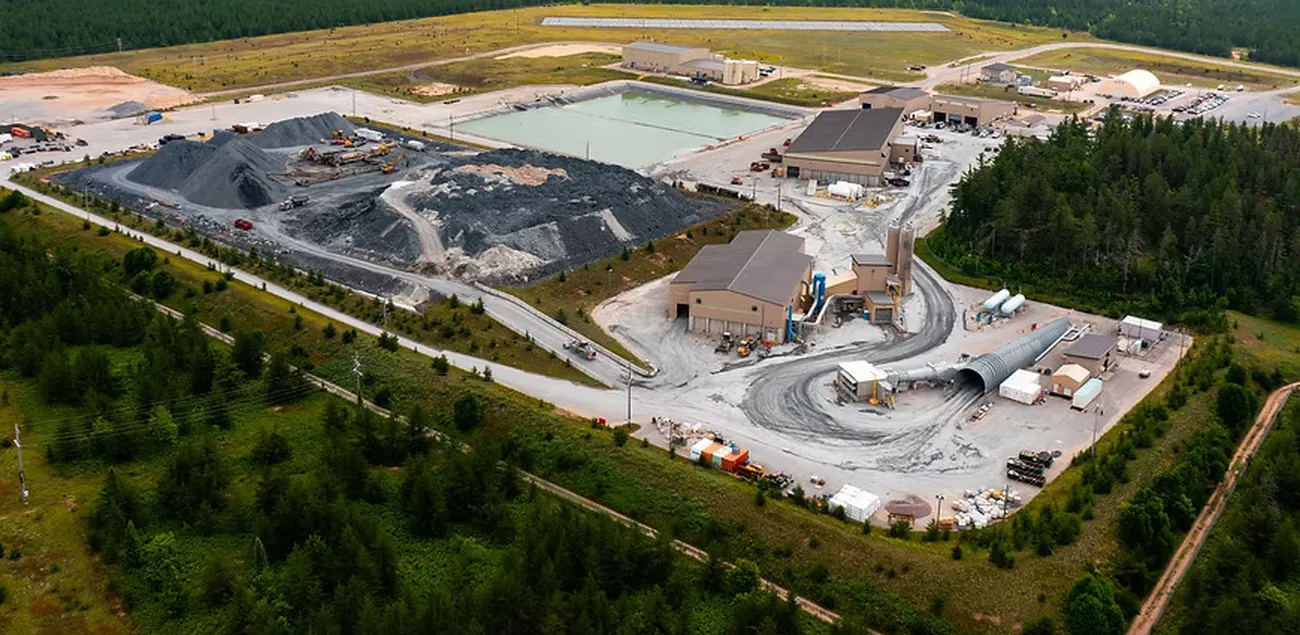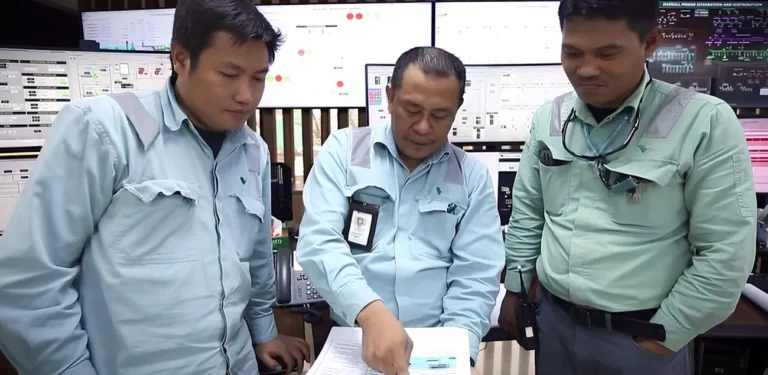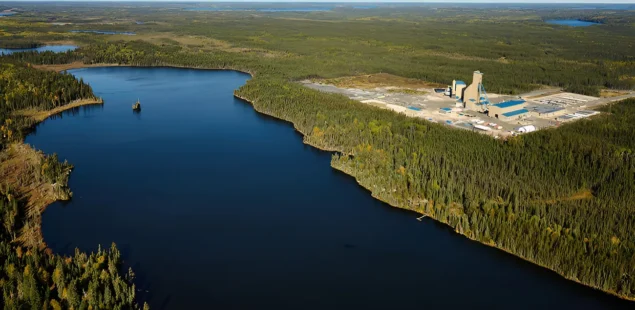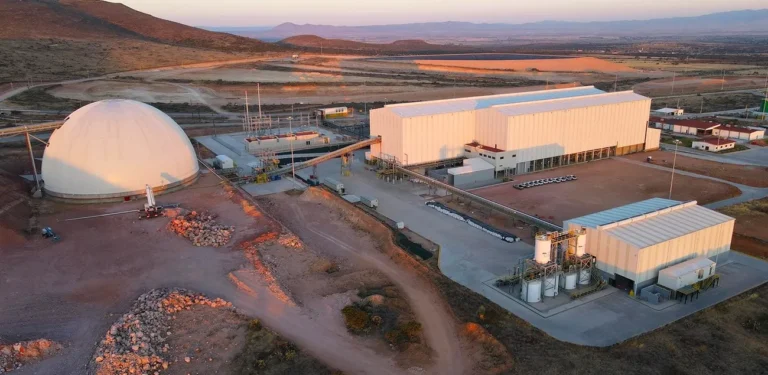
Allonnia, biotechnology developer, and Eagle Mine, US nickel producer owned by Lundin Mining, will deploy a D-Solve mobile unit at Eagle’s Michigan site in 4Q 2025 to remove magnesium and other deleterious elements from nickel concentrate, aiming to raise payable metal and cut smelter penalties in a live production environment. The on-site pilot is designed to run continuously at 1–2 tonnes of concentrate per day following a December 2024 demonstration that cut magnesium by 40% and lifted nickel grade 18%.
What the pilot entails
The D-Solve unit will be installed at Eagle’s Humboldt processing hub and integrated around normal plant schedules to test performance under full operating variability—ore blends, temperature, and residence times included. The companies say the system’s biosolutions are recyclable, with the pilot focused on metallurgical response and scale-up parameters rather than headline throughput. Results from the SGS Lakefield trial last December—five days of continuous operation—provide the baseline for the Michigan rollout.
Why magnesium matters to nickel concentrate economics
Elevated Mg in sulfide concentrates raises slag melting temperatures and power requirements in smelting, increases flux consumption, and can trigger treatment charge penalties or outright rejection depending on the smelter’s slag chemistry window. Reducing Mg therefore improves furnace stability and raises the share of tonnes that meet contract specs—value that often exceeds marginal recovery gains. Peer-reviewed and industry analyses outline how high-Mg feeds complicate furnace control and waste handling.
Operating context at Eagle and potential upside
Eagle is the only active primary nickel mine in the United States, producing nickel-copper concentrates since 2014. Lundin’s disclosures show the mine as a high-grade, underground operation feeding third-party smelters—principally in Canada—under offtake agreements through 2025. Improved concentrate quality could raise payabilities and reduce logistics tied to blending or reprocessing, while any uplift to metal recovery would extend mine life through higher resource utilisation.
Technology, scale-up and risks
Biological separations remain sensitive to chemistry and fouling; the Michigan pilot will probe biosolution longevity, impurity selectivity, and mass-balance closure under plant upsets. The partners will also track water and reagent footprints versus conventional routes. If performance holds at 1–2 t/d under variable feed, the next decision point is modular replication to treat a larger share of Eagle’s output or adaptation to other sulfide circuits facing Mg-rich alteration minerals.
Policy and domestic supply angle
The trial lands as US agencies seek to bolster domestic nickel supply chains for batteries and specialty alloys. Eagle’s role as the sole operating US nickel mine has drawn attention in recent federal critical-minerals initiatives; technology that improves recovery and concentrate marketability can reduce dependence on imports without waiting for greenfield projects to clear permitting.
Company Background and Market Context
Allonnia develops bio-based solutions for industrial separations and remediation; the D-Solve platform targets impurities that erode payables in base-metals concentrates. Eagle Mine sits in Michigan’s Upper Peninsula and is 100% owned by Lundin Mining; it began commercial production in 2014 and ships nickel and copper concentrates to external smelters. Lundin’s recent reporting shows Eagle operating at roughly 2,000 tpd with 2025 cash costs guided at $3.05–$3.25/lb after by-product credits.
Nickel is central to stainless steel and certain EV battery chemistries. Prices are well below 2022 peaks amid Indonesian supply growth and a slower-than-expected battery pull, with LME three-month nickel around $15,300/t in mid-August and analysts flagging continued oversupply through at least 2027–28. In this pricing backdrop, incremental recovery and fewer penalties can be as valuable as outright volume growth for sulfide producers.



